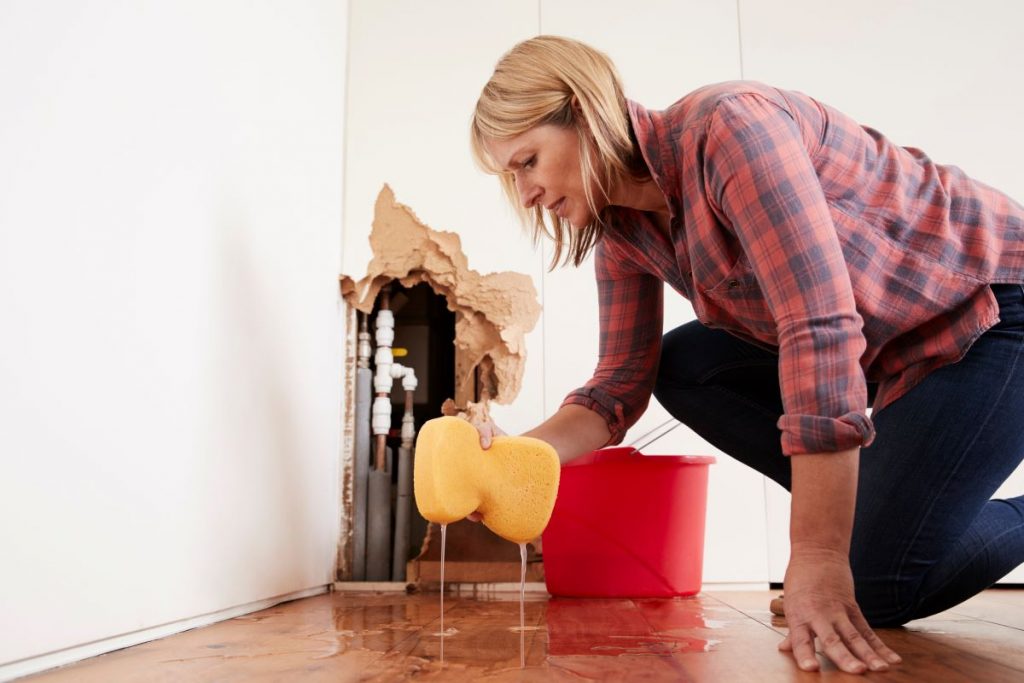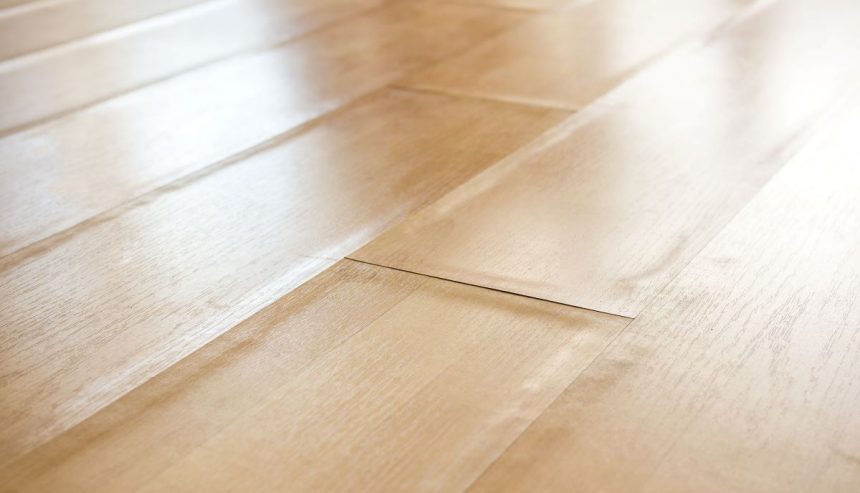Water damage is one of the most common and potentially destructive problems you can face as a homeowner. It can occur due to a variety of reasons, from natural disasters to plumbing failures, and can lead to significant structural damage, mold growth, and health risks if not addressed promptly. But how much water does it actually take to cause water damage? The answer might surprise you.

Minimal Amounts of Water Can Cause Major Damage
It doesn’t take a flood or a massive pipe burst to cause significant water damage. How much water do you ask? Even small amounts of water can wreak havoc if they infiltrate the wrong places. Here’s a closer look at how different amounts of water can impact your home:
A Few Drops
Leaky Pipes: A small, consistent drip from a pipe can lead to considerable damage over time. These tiny leaks can seep into walls, floors, and ceilings, causing rot and mold growth.
Condensation: High humidity levels can lead to condensation on windows, pipes, and walls. This moisture can accumulate and damage surfaces, leading to mold and mildew. It’s crucial to pay attention to how much water is condensating to avoid damage.
A Small Puddle
Appliance Leaks: A small puddle from a leaking appliance, such as a dishwasher or washing machine, can quickly spread and seep into the flooring, causing warping, staining, and mold.
Roof Leaks: Even minor roof leaks can allow water to trickle into your attic or ceiling, leading to insulation damage, wood rot, and mold growth.
Moderate Water Exposure
Burst Pipes: A burst pipe can release a significant amount of water quickly, causing immediate damage to walls, floors, and furniture. If not addressed promptly, the water can lead to structural damage and mold infestation.
Overflowing Fixtures: Toilets, sinks, and bathtubs that overflow can cause moderate water exposure. This can lead to damage to bathroom fixtures, flooring, and potentially adjacent rooms.
Flooding
Natural Disasters: Flooding from heavy rain, hurricanes, or other natural disasters can cause extensive damage to homes. Water can infiltrate basements, living areas, and even foundations, leading to severe structural issues, contamination, and long-term mold problems.
Sewage Backups: A sewage backup is not only a water damage issue but also a serious health hazard. It can contaminate your home with harmful bacteria and viruses, requiring professional cleanup and disinfection.

Factors Influencing Water Damage Severity
Several factors influence the extent of water damage, regardless of how much water has affected a home or business.
Time
The longer water sits, the more damage it can cause. Prompt action is crucial to minimizing damage and preventing secondary issues like mold growth.
Materials
Different building materials react differently to water. Porous materials like drywall, wood, and insulation can absorb water quickly and suffer more damage compared to non-porous materials like metal and glass.
Location
Water damage in certain areas of your home, such as the basement or attic, can be more problematic due to limited ventilation and difficulty in drying out these spaces.
Contaminants
The source of water can impact the severity of damage. Clean water from a burst pipe is less hazardous than water from a sewage backup, which requires more extensive cleanup and decontamination.
Prevention and Mitigation
Preventing water damage involves regular maintenance and prompt attention to potential issues:
Regular Inspections: Check for leaks, drips, and signs of moisture in vulnerable areas like under sinks, around appliances, and in basements.
Maintain Roofing: Ensure your roof is in good condition and promptly repair any leaks.
Install Water Detection Devices: These devices can alert you to the presence of water in critical areas, allowing you to address the issue before it becomes severe.
Proper Drainage: Ensure that gutters, downspouts, and drainage systems are clear of debris and functioning correctly to direct water away from your home.
Seal and Caulk: Regularly inspect and maintain seals around windows, doors, and other potential entry points for water.
Monitor Humidity Levels: Use dehumidifiers in damp areas like basements and bathrooms to prevent condensation and mold growth.
Know Your Water Shut-Off: Familiarize yourself with your home’s water shut-off valve to quickly stop the flow of water in case of a major leak or burst pipe.
What to Do if Water Damage Occurs
Despite your best efforts, water damage can still happen. Here are steps to take if you find water damage in your home:
Safety First: Ensure that the affected area is safe to enter. Turn off the electricity if there is standing water or if water has reached electrical outlets or appliances.
Stop the Water Source: Locate and stop the source of the water, whether it’s a leaking pipe, overflowing appliance, or roof leak.
Remove Excess Water: Use mops, towels, or a wet/dry vacuum to remove as much standing water as possible.
Dry the Area: Use fans, dehumidifiers, and open windows to dry out the area. Remove and discard any water-damaged items that cannot be salvaged.
Clean and Disinfect: Clean and disinfect all affected surfaces to prevent mold growth and bacteria.
Call Professionals: For significant water damage, it’s best to call water damage restoration professionals. They have the expertise and equipment to thoroughly dry, clean, and restore your home.
Did We Answer How Much Water It Takes To Cause Damage?
Water damage can be a serious issue, even if it starts with just a small amount of water. Understanding the potential risks and taking proactive steps can help you protect your home from water damage. Regular maintenance, timely repairs, and being prepared to act quickly in case of an emergency are key to minimizing the impact of water damage.
At PuroClean, we are dedicated to helping homeowners recover from water damage with professional restoration services. If you’re facing water damage, regardless of how much water is in your home, don’t hesitate to contact us for expert assistance in mitigating and restoring your home. Remember, it doesn’t take much water to cause significant damage, but with prompt action, you can protect your home and health.



